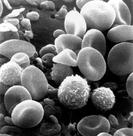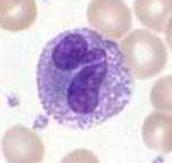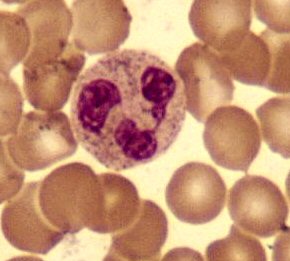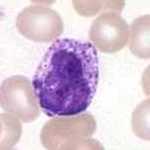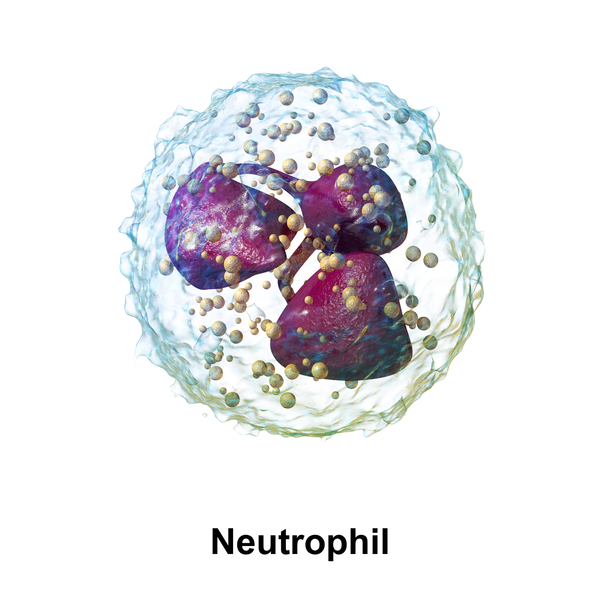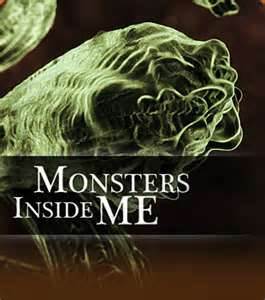 | ||||
Leukocytes
Types of White Blood Cells
There are two main types of leukocytes— granulocytes
and agranulocytes— cells of the human immune system differentiated based on their appearance when stained and viewed through a microscope.
Article Summary: White blood cells, known as leukocytes, are the immune system's security force, working to protect the body from invasion. Here are the different kinds of WBCs.
Types of White Blood Cells (Leukocytes)
Eosinophil
Neutrophil
Basophil
 | ||||||
SPO VIRTUAL CLASSROOMS
There are three types of granulocytes:
- eosoinophils
- neutrophils
- basophils
Eosinophils are granulocytes identified using the dye eosin, with granules staining a red to orange hue. This type of white blood cell is a phagocyte, meaning that, like an amoebae, the cell can extend pseudopods, enclosing, engulfing and digesting pathogens, similar to a Pac Man eating ghosts. Eosinophs are also involved in fighting parasitic worm (nemoatode) infection.
You have free access to a large collection of materials used in a college-level introductory microbiology course. The Virtual Microbiology Classroom provides a wide range of free educational resources including PowerPoint Lectures, Study Guides, Review Questions and Practice Test Questions.
The SPO website is best viewed in Microsoft Explorer, Google Chrome or Apple Safari.
Granulocyte White Blood Cells
Granulocytes have granules present throughout their cytoplasm. When these cells are stained to be viewed through the microscope, these granules look like their small dots scattered throughout the cell.
Basophils, the least common granulocyte, stain blue with the use of methylene blue dye. These granulocytes, along with mast cells, release histamine, a chemical that stimulates vasodilation (expansion of blood vessels) and elements of allergic response, such as mucous secretion and itching.
Neutrophils are large granulocytes that stain lilac with a combination of basic and acidic dyes. Neutrophils are "first responders" to inflammation and contribute to pus being white. Like eosinophils, these granulocytes are able to phagocytize invading pathogens.
TV show, from Animal Planet, presenting case studies of people with parasitic infections. So interesting, you'll learn about parasitism without even trying!
Check out our FREE "Monsters Inside Me" Homework Assignments
More Leukocytes ...
Page last updated: 8/2015
